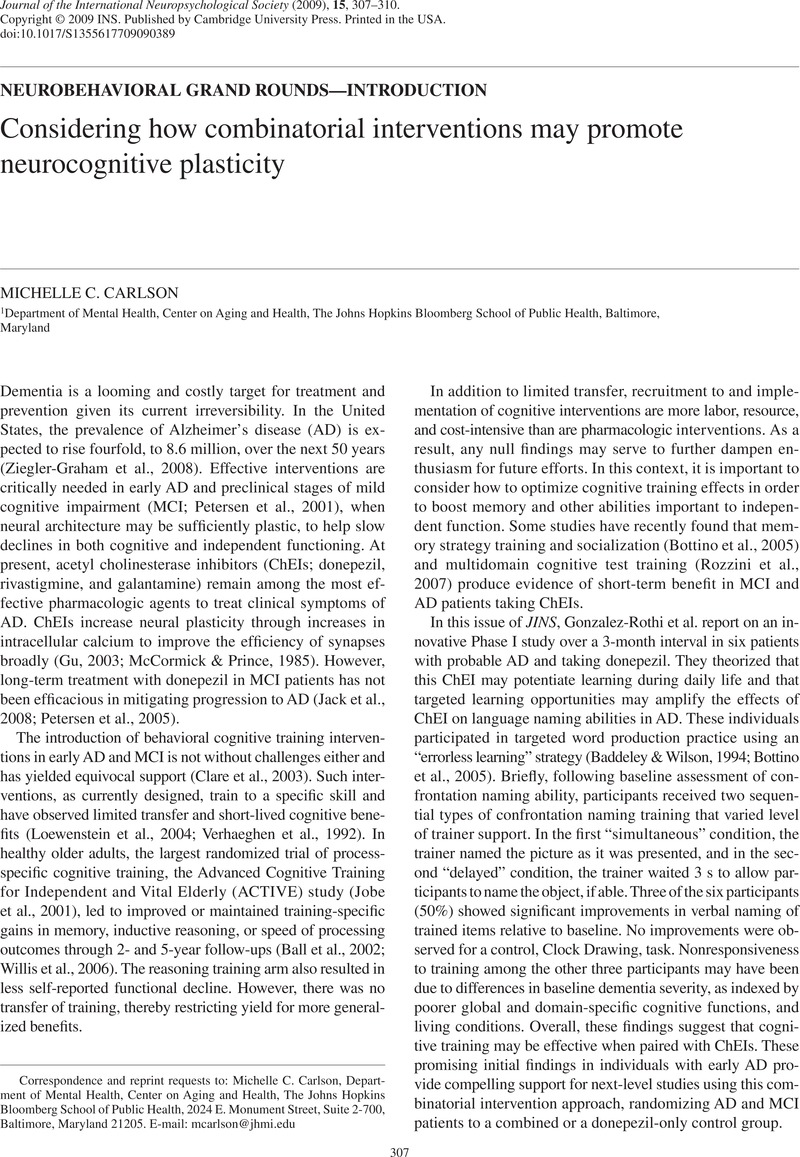Raz, N. (
2000). Aging of the brain and its impact on cognitive performance: Integration of structural and functional findings. In
Saulthouse, T.A. (Ed.),
Handbook of aging and cognition (
2nd ed., pp.
1–
90).
Mahwah,
NJ:
Lawrence Erlbaum.
Google Scholar 